SPL Lighting Indication and signalling lamps
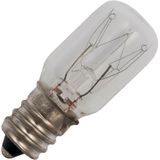

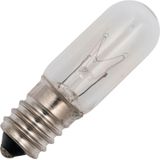
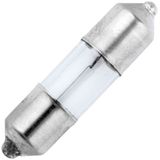
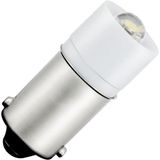

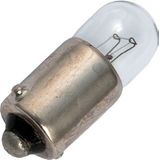
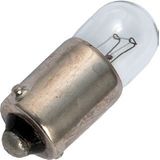


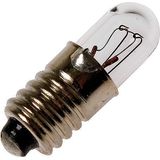
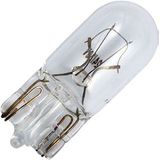
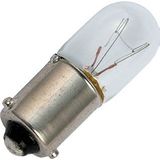
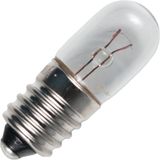
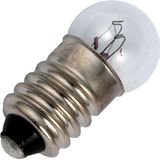
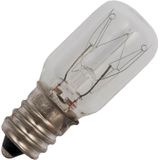
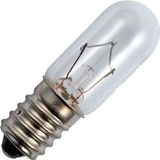

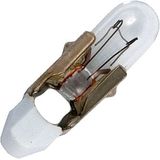
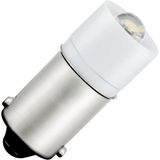


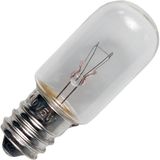
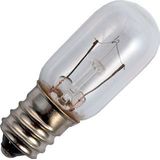


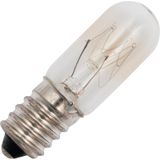

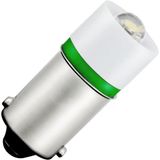
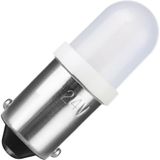

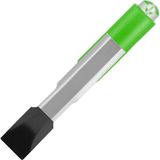


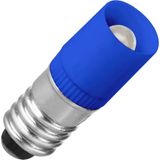

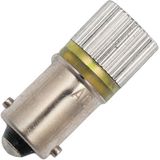
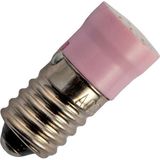
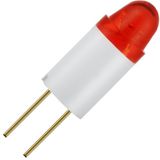
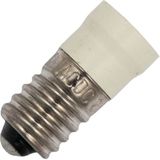
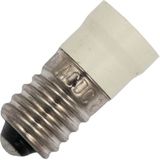
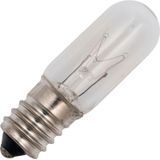

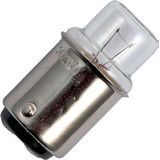


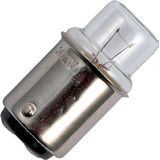
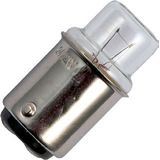
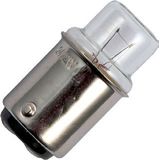
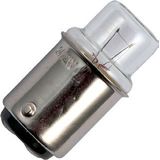
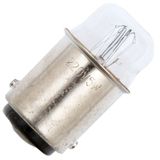

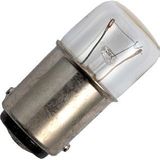



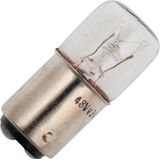

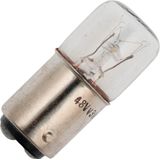

spl lighting indication lamps ranges and formats
SPL covers the common indicator families used in OEM panels and switchboards: 16 mm compact heads for dense fascia layouts, 22 mm modular bodies with interchangeable lenses, and retrofit lamps in BA9s/E10/T5.5 wedge for legacy fascias. Colors follow IEC 60073 (red/amber/green/blue/white); optics ship as flat, domed, or prominent beacons with clear, opal, or prismatic caps. Electrical options span 12/24/48/60/110/230 V AC/DC with built-in resistors and bridge rectifiers where needed. Typical ratings: IP40 fronts for clean interiors up to IP67 with gasket kits; operating −25…+55 °C; vibration-safe terminals (2.8/6.3 mm Faston, screw, or spring-cage). LED engines quote 20–120 mA draw, 50–100 k h L70, and intensities 200–2 000 mcd at 30–120° viewing.
spl lighting pilot lights module options
The 22 mm stack accepts lens, LED/transformer block, fixing collar, and rear contact/spring module; heads can be swapped without removing the clamp ring. Monochrome and bi-color cartridges exist, plus tri-color (RGB) nodes that cycle or latch via dual inputs. Flashing and “heartbeat” versions add an internal oscillator (1–2 Hz) for alarm states. Labels/legend plates (engraved or printable) snap under the bezel. For wash-adjacent panels, stainless bezels and silicone gaskets keep the face at IP66/IP67; impact fronts reach IK07–IK08.
spl lighting control panel indicators wiring and interfaces
Rear modules land on 24 V DC as the default; AC variants integrate a rectifier and bleed to avoid after-glow on long runs. Common terminations: captive screw 0.5…2.5 mm², Faston 2.8/6.3 mm, or spring-cage ferrule entry for fast builds. Dual-input bi-color heads use shared-common wiring; tri-color uses two channels (e.g., G/R with mixed drive for amber). EMC is tame—LED loads are non-inductive—but keep long AC runs away from high-dV/dt motor leads. Compliance anchors to IEC/EN 60947-5-1 for pilot devices; IP per IEC 60529; glow-wire on plastics to 650–850 °C where the door spec demands it.
spl lighting signal devices optics and statuses
Indicator lenses are available as flat (wide angle, lower cd), domed (balanced spread), and prominent beacon (high on-axis cd). Clear caps with internal Fresnel rings maximize punch; opal caps smooth luminance for camera-friendly HMIs. Standard color order for status stacks: red (fault), amber (warning), green (ready), blue (assist/service), white (general). Multi-legend carriers accept 30×40 mm tiles for text or symbols; backlit window modules tie into the same 22 mm hole pattern.
Series and collections you’ll actually use
- 16 mm compact – short body, tight door arrays, IP65 front with gasket; ideal for dense MCCs.
- 22 mm modular – the workhorse with full lens palette, flashing blocks, and legend kits.
- BA9s/E10 retrofits – LED replacements for filament/neon in old fascias; AC/DC choices with anti-ghosting.
- Bi/tri-color heads – two-channel inputs for mode and alarm states without extra holes.
Technical numbers that drive selection
Luminous intensity at 24 V DC is specified per color (typ. red 600–1 200 mcd, green 1 000–2 000 mcd at 30–60°); surge ride-through 0.5–1 kV line-to-line on pro modules; heat rise < 5 K at steady state. For 230 V lamps, leakage through PLC outputs can cause ghosting—use high-impedance blocks or add a shunt.
Applications and compatibility
Switchboards, UPS/ATS doors, compressor skids, HVAC AHUs, and packaging lines use these as “at-a-glance” HMIs. The heads land neatly in Spelsberg TK/AK and GEOS enclosures; depth adapters keep rear blocks clear of rail gear. Where specs reference spl lighting indicator bulbs, pick BA9s/E10 LEDs to modernize old panels without re-drilling. For museum/retail consoles, opal caps keep cameras happy.
Selection checklist for engineers and buyers
- Hole size and depth: 16 mm vs 22 mm; rear clearance versus rail.
- Supply: 24 V DC preferred; 110/230 V AC when control power is not available.
- Optic and color: flat vs domed vs beacon; intensity (mcd) and viewing angle for the aisle distance.
- IP/IK: gasket and bezel material to match the room class.
- Legends: printed tiles vs engraved rings; visibility under the chosen cap.
- Lifecycle: LED L70 and replaceable cartridge availability for your service interval.